23 March 2025
In today’s fast-paced world, where consumption is at an all-time high and resources feel like they’re slipping through our fingers, businesses are beginning to ask a critical question: "How can we keep our profits up without treating the planet like it’s disposable?" The answer lies in a concept that’s gaining more and more traction—the circular economy.
Now, before you roll your eyes and think, “Great, another buzzword,” let me assure you—it’s more than that. The circular economy is not just a nice theory some environmentalists dreamed up to save the Earth. It’s a proven strategy that businesses across industries are adopting to reduce waste, lower costs, and increase profits. And guess what? It’s not just about saving the environment; it’s also about safeguarding your business’s future.
So grab a cup of coffee, and let’s dive deep into how embracing the circular economy can help you maximize profit while minimizing waste. 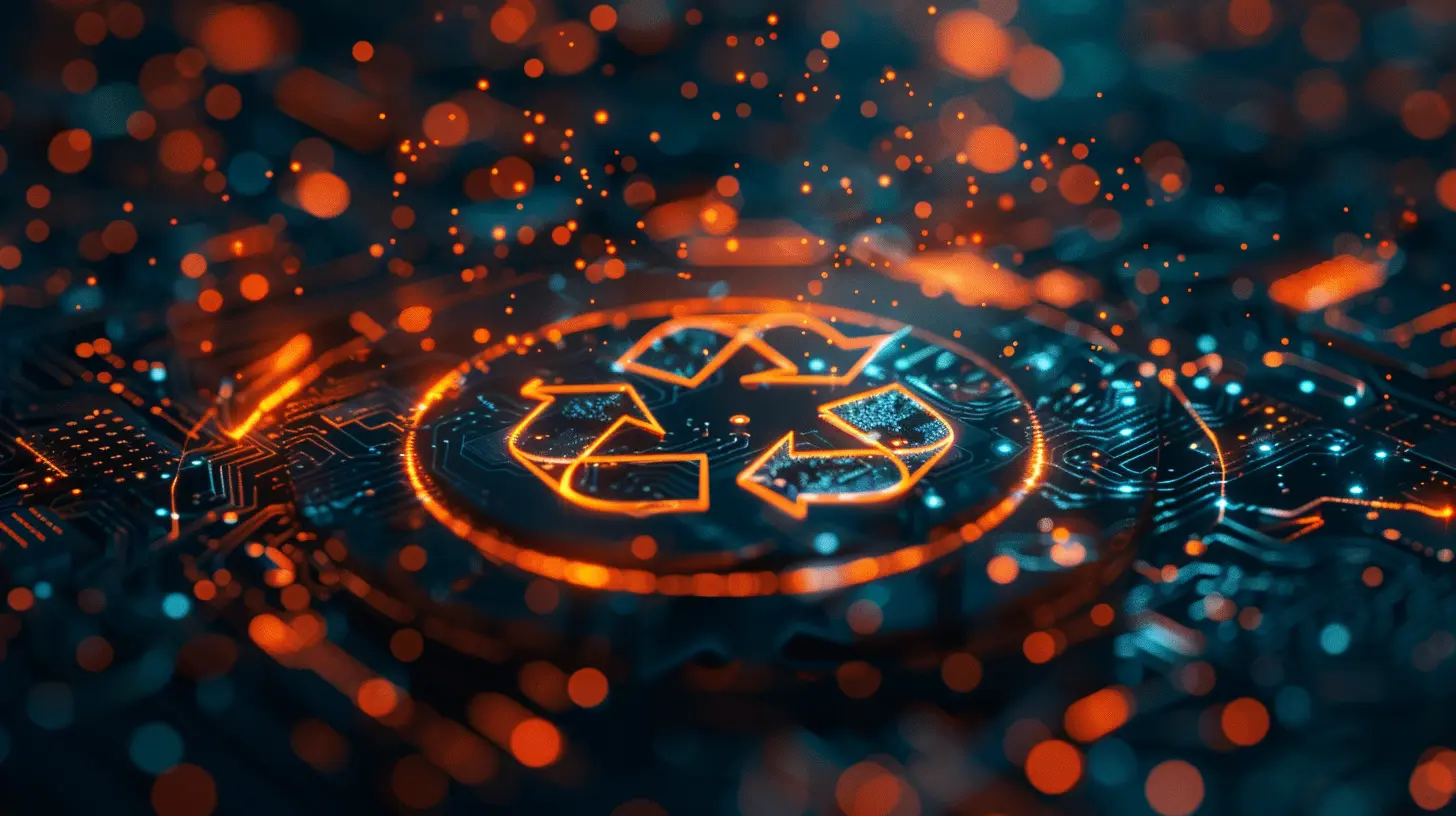
What is the Circular Economy Anyway?
Alright, first things first—let’s define what we’re talking about here. The circular economy is like that friend who always finds a second use for everything. It’s an economic system aimed at eliminating waste and making the most out of our resources. Instead of the traditional “take, make, dispose” model that industries have been stuck in for decades, the circular economy encourages us to reuse, repair, refurbish, and recycle materials and products for as long as possible.Imagine it like this: Think of our traditional, "linear" way of doing business as a leaky bucket. You keep dumping resources (water) in, but before you know it, they’ve leaked out, and you’re left with nothing. The circular economy, on the other hand, is like sealing up all those holes, so you get the most out of every drop. That’s efficiency at its finest. 
Why Should Businesses Care About the Circular Economy?
You might be thinking, “Sounds great for the planet, but how does this help my bottom line?” Oh, trust me—it does. Here’s why:Reduced Costs
Let’s face it, raw materials are expensive, and prices tend to fluctuate like crazy. By reusing materials and designing products that can be repaired or repurposed, you’re cutting down on the need to constantly buy new resources. Think of it like buying a hybrid car—it may cost more upfront, but the savings on gas in the long run? Totally worth it.Competitive Edge
Consumers are getting smarter and way more socially conscious. They want to buy from brands that care about the environment and aren’t afraid to show it. By embracing the circular economy, you’re not only doing the right thing but also attracting a growing base of eco-conscious customers. It’s a win-win.New Revenue Streams
Here’s where things get exciting. The circular economy doesn’t just reduce waste—it creates opportunities. Take Patagonia, for example. They’ve tapped into a secondary market by repairing and reselling used gear through their Worn Wear program. Not only are they keeping clothes out of landfills, but they’re also generating additional profits.Risk Mitigation
Let’s not forget about regulations. Governments worldwide are cracking down on waste and pollution, and businesses that fail to adapt could face fines or lose their social license to operate. Getting ahead of the curve with a circular model isn’t just smart; it’s essential for survival.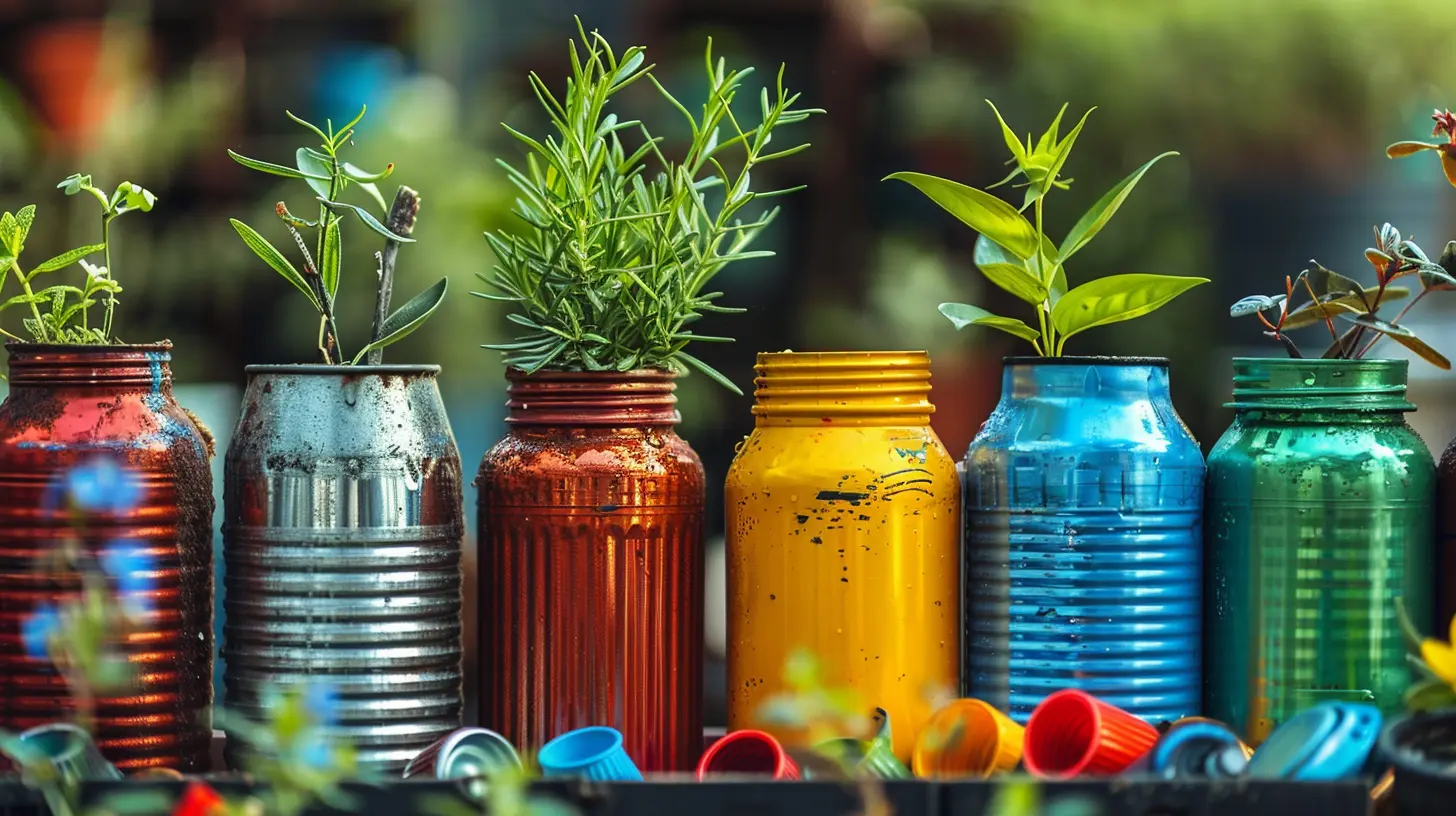
How to Transition Your Business to a Circular Economy
Alright, so now that you’re sold on the idea (or at least curious), let’s talk about how to actually make it happen. Spoiler alert: it’s not as daunting as it sounds.1. Rethink Your Product Design
This is where it all begins. If your products are designed to break or become obsolete after one use, you’ve got a problem. Start thinking about how you can build items that are durable, repairable, and recyclable. Consider modular designs—like IKEA’s furniture—that allow for easy upgrades or replacements.2. Close the Loop
Ever heard of the phrase “one man’s trash is another man’s treasure”? In the circular economy, waste from one process becomes the raw material for another. A great example is the beer company Toast Ale, which uses surplus bread to brew beer. Genius, right?3. Lease Instead of Sell
This one’s a bit radical, but hear me out. What if, instead of selling products, you leased them? Companies like Philips are already doing this with their lighting systems. Businesses lease the lighting as a service, and Philips retains ownership of the materials, ensuring they’re reused or recycled at the end of their life.4. Engage Your Customers
Let’s be real—the circular economy isn’t just about what happens inside your business. It involves your customers too. Encourage them to return used products for repair or recycling. Offer incentives like discounts or loyalty points—it’s a small price to pay for a loyal, eco-friendly customer base.5. Collaborate
Finally, don’t try to do it all yourself. Partnering with other businesses and organizations can help you innovate faster and share resources more efficiently. Remember, in a circular economy, we’re all in this together.
Real-Life Examples of the Circular Economy
Sometimes, it helps to see theory in action. Here are a few businesses that are absolutely killing it with circular practices:- Apple: With its Daisy robot, Apple is able to disassemble old iPhones to recover and reuse materials like rare earth metals, reducing the need for mining.
- Adidas: Their Futurecraft Loop sneakers are made entirely of recycled materials and can be returned to be broken down and used to create new shoes. Talk about walking the talk (literally).
- Interface: This flooring company has been a pioneer in the circular economy for decades. They’ve created a program where customers can return old carpet tiles, which are then recycled into new products.
The Ripple Effect
Here’s the beautiful thing about the circular economy—it doesn’t stop at the business level. When companies adopt sustainable practices, they inspire others in their supply chain to do the same. It’s like a domino effect, but instead of knocking things down, you’re building a better, more sustainable world.Imagine if every company on Earth adopted a circular business model. That’s less waste in landfills, less energy wasted in production, and more resources available for future generations. It’s not just good for profits; it’s good for humanity.
Overcoming Challenges
Okay, I’ll be honest—it’s not all sunshine and rainbows. Transitioning to a circular economy can be challenging. You might face resistance from stakeholders, or initial costs might seem steep. But here’s the thing: short-term pain leads to long-term gain.Start small. Pick one area of your business to trial circular practices. Once you see the benefits (and trust me, you will), it’ll be easier to expand.
Final Thoughts
Adopting the circular economy isn’t just about making the world a better place (though that’s a pretty awesome bonus). It’s about future-proofing your business, cutting costs, creating new revenue streams, and staying ahead of the competition.So why not take the leap? The circular economy is a chance to rethink how you do business—not just for today, but for tomorrow. After all, the most profitable businesses are those that can adapt and innovate. And what’s more innovative than turning waste into wealth?
It’s time to seal up that leaky bucket and start maximizing your profits with minimal waste.

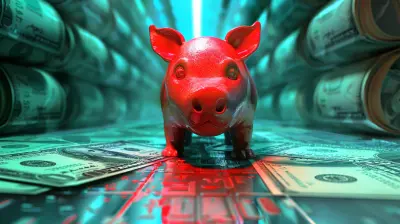

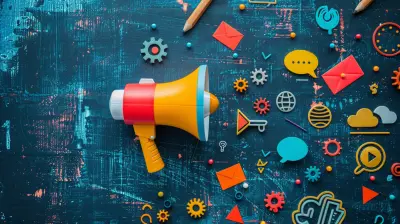
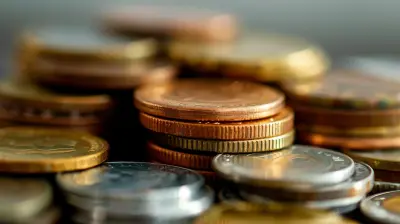

Theo Coffey
This article on the circular economy piques my curiosity! I'm fascinated by how businesses can simultaneously enhance profits and reduce waste. How do companies balance innovation with sustainability? I’d love to hear more about specific strategies that have proven successful in this transformative approach!
April 2, 2025 at 11:17 AM